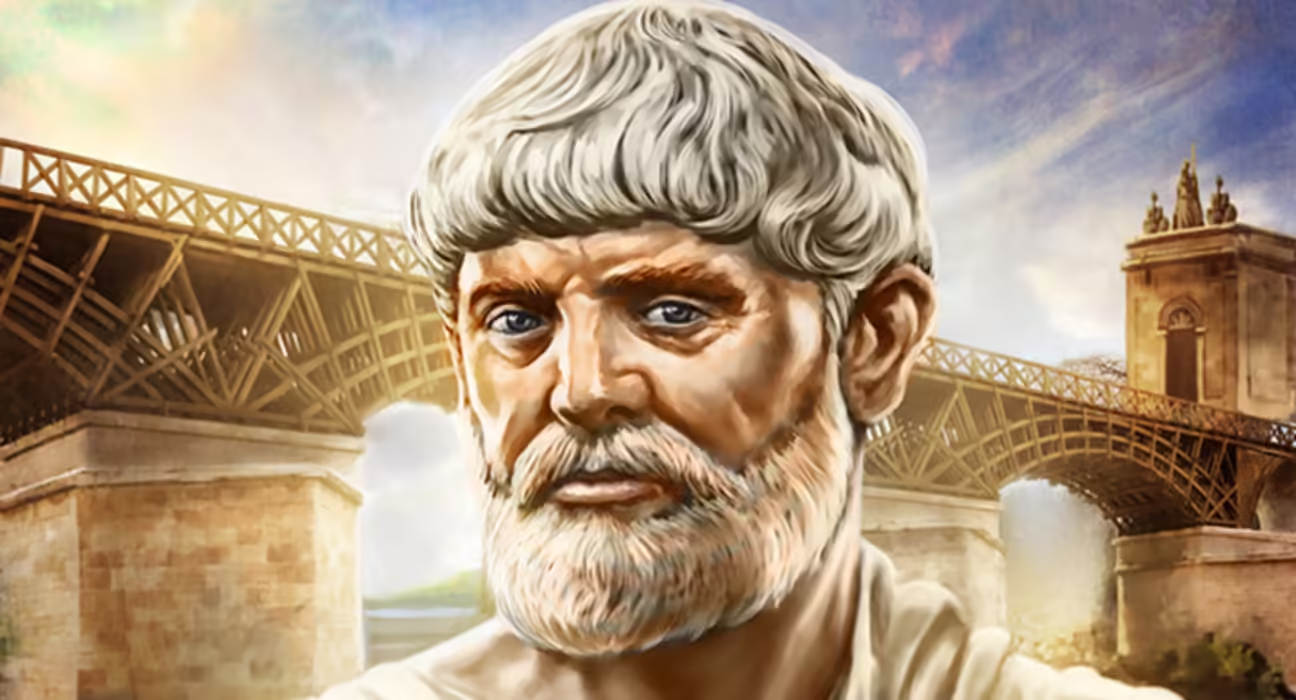Apollodorus of Damascus is a name that resonates through the corridors of architectural history, embodying the synthesis of Greek intellect and Roman power. His contributions to architecture extend beyond mere structural design—they encapsulate an era defined by innovation and artistic expression. As we delve into the world of Apollodorus, we uncover not only his creations but also the intricate interplay between culture, engineering, and art that shaped his legacy.
Architectural Innovations and Techniques

The works of Apollodorus of Damascus stand as testaments to his mastery of architectural principles and innovative techniques. His designs were not merely functional; they exuded grandeur and resilience while showcasing a keen understanding of materials and structure.
Mastering Materiality

Apollodorus profoundly understood the importance of material selection in construction. He favored lightweight materials that facilitated not just ease of transport and assembly, but also efficiency in resource usage.
This approach reflected a pioneering spirit—an early recognition of sustainability long before it became a buzzword in modern architecture. By optimizing materials, Apollodorus ensured that his structures could withstand the test of time, a principle that resonates with architects today who seek to balance form, function, and environmental impact.
Moreover, his adept use of concrete revolutionized Roman architecture. The introduction of this novel material allowed for unprecedented freedom in design, enabling grander spaces and more elaborate forms. Structures such as the Trajan’s Market epitomize how Apollodorus utilized concrete to create expansive interiors adorned with intricate detailing.
Exemplifying Structural Integrity
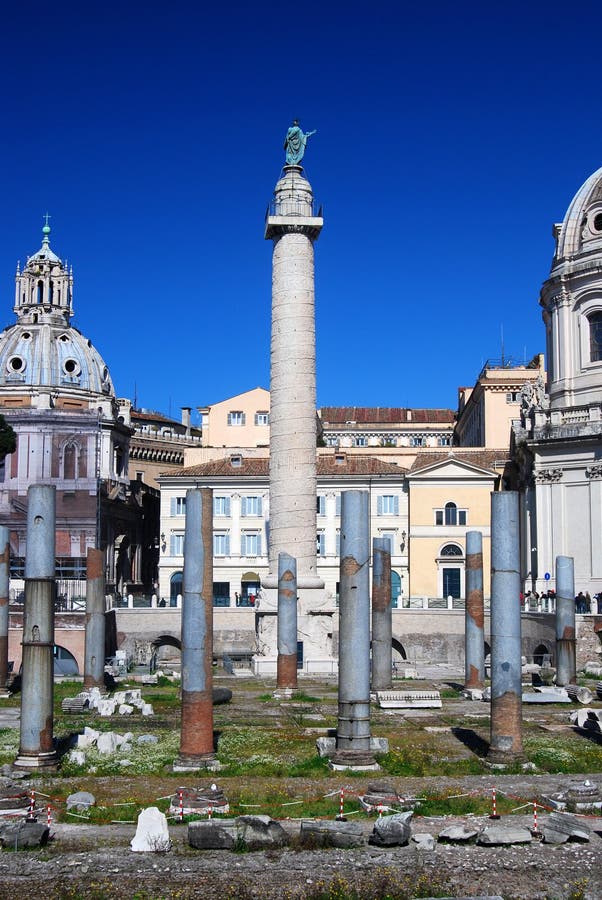
In addition to material mastery, Apollodorus emphasized the significance of structural integrity. His designs embraced the relationship between aesthetics and engineering, showcasing how beauty can arise from sound structural principles.
For instance, the famous Bridge over the Danube exemplified this synergy. It featured arches that not only served a practical purpose but also created an elegant visual rhythm. By employing the arch effectively, he brought forth a design that could handle both the forces acting upon it and the artistic aspirations inherent in its conception.
Through such innovations, Apollodorus demonstrated that architecture is as much about the invisible forces at work as it is about the visible forms presented to the eye. This philosophical underpinning laid the groundwork for subsequent generations of architects who would build on these ideas.
Creating Spaces for People

Apollodorus of Damascus was not merely a builder; he was a creator of experiences. His architectural designs prioritized human interaction with the environment, demonstrating an acute awareness of how space influences behavior and social dynamics.
His masterpieces transcended the notion of mere shelter; they became stages upon which life unfolded. For example, the Forum of Trajan was designed not just as a public space but as a vibrant hub of social activity, facilitating gatherings, conversations, and commerce.
By considering the user’s experience within architectural spaces, Apollodorus established principles that remain relevant today. Modern architecture often aims to create environments that foster connection and community, echoing the ethos of the great architect himself.
The Artistic Dimension of Apollodorus’ Work
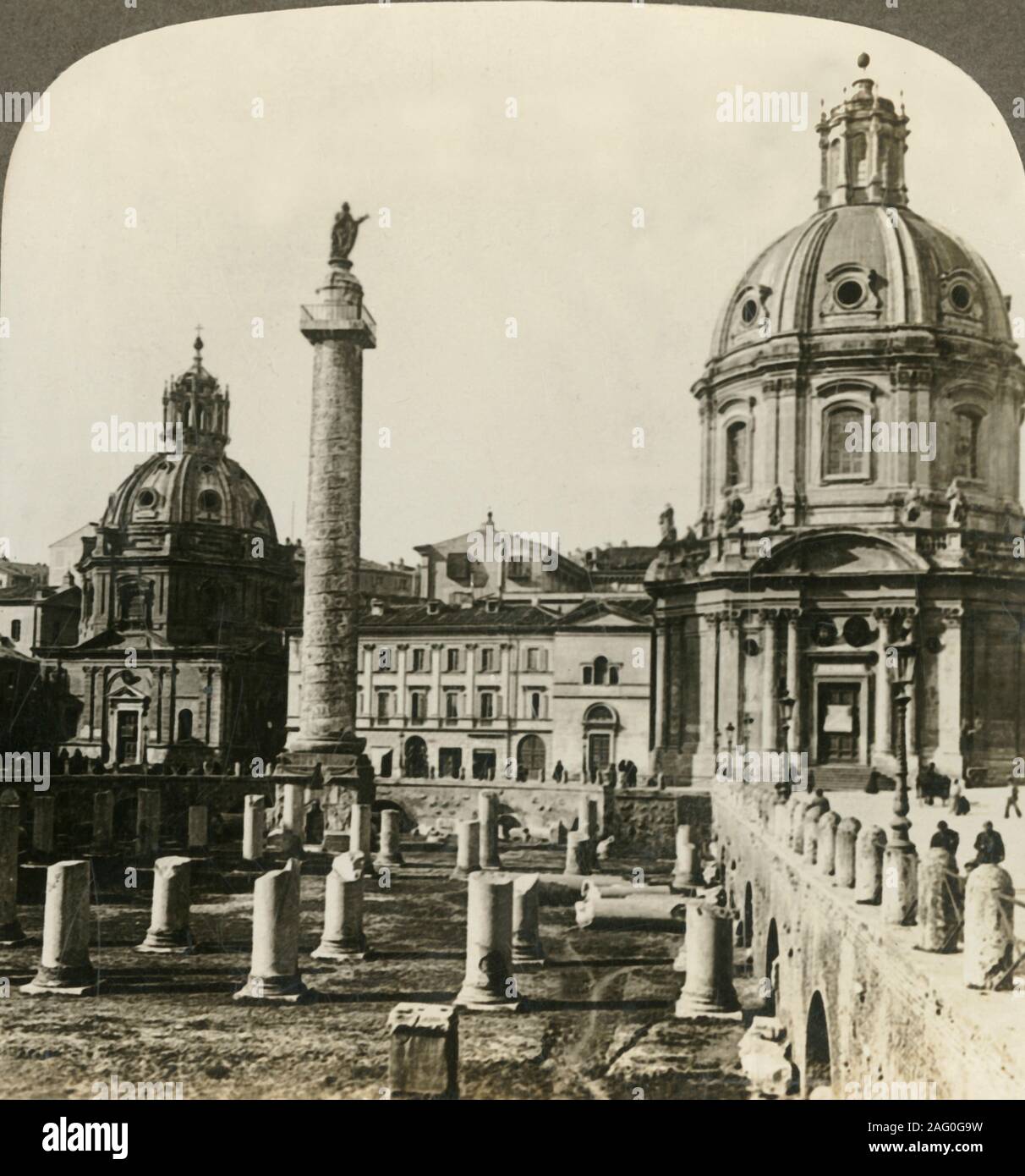
While Apollodorus of Damascus is celebrated for his technical prowess, it is equally important to acknowledge the artistic dimension embedded in his work. His designs reflect an aesthetic sensibility that elevated architecture to a form of visual poetry.
Harmonizing Aesthetics and Functionality
One of the hallmarks of Apollodorus’ creations is the seamless blend of beauty and utility. He approached each project with a dual lens, ensuring that functionality did not compromise aesthetic appeal.
For instance, the grandeur of the Column of Trajan serves as both a commemorative monument and a significant architectural achievement. Not only did it fulfill its role as a symbol of military victory, but its intricately carved reliefs told a narrative that engaged viewers on multiple levels.
This dedication to harmonizing aesthetics with purpose reflects a profound understanding of architecture as an art form. In contemporary discourse, the intersection of beauty and function is a driving force behind innovative design, reiterating the timeless relevance of Apollodorus’ philosophy.
Symbolism and Cultural Commentary

Beyond the surface level of design lies a deeper layer of meaning in Apollodorus’ work. His structures often embodied cultural narratives and symbolism that transcended their physical existence.
The architectural elements of Apollodorus can be seen as reflections of societal values and aspirations. For instance, the use of grand columns and expansive spaces symbolized the glory and might of the Roman Empire. They were intended to inspire awe and reverence, reinforcing the empire’s dominance.
In this way, Apollodorus engaged with the cultural zeitgeist of his time, infusing his work with layers of significance. Modern architecture continues to explore the concept of storytelling through design, proving that the principles laid down by Apollodorus remain vital in shaping cultural identity.
Inspiration Drawn from Nature
Apollodorus’ sensitivity to the natural environment set him apart as a visionary architect. His ability to integrate structures harmoniously into their surroundings demonstrates a respect for nature that is increasingly crucial in today’s urbanized world.
His designs were influenced by natural forms and patterns, resulting in structures that felt organic and alive. For instance, curved lines and flowing shapes can be found in many of his works, mirroring the contours of the landscape.
This relationship with nature invites reflection on the role of architecture in fostering harmony between the built environment and the natural world. Today’s architects are increasingly tasked with creating sustainable designs that honor ecological systems, an endeavor that echoes the foresight of Apollodorus.
The Impact of Apollodorus on Future Generations
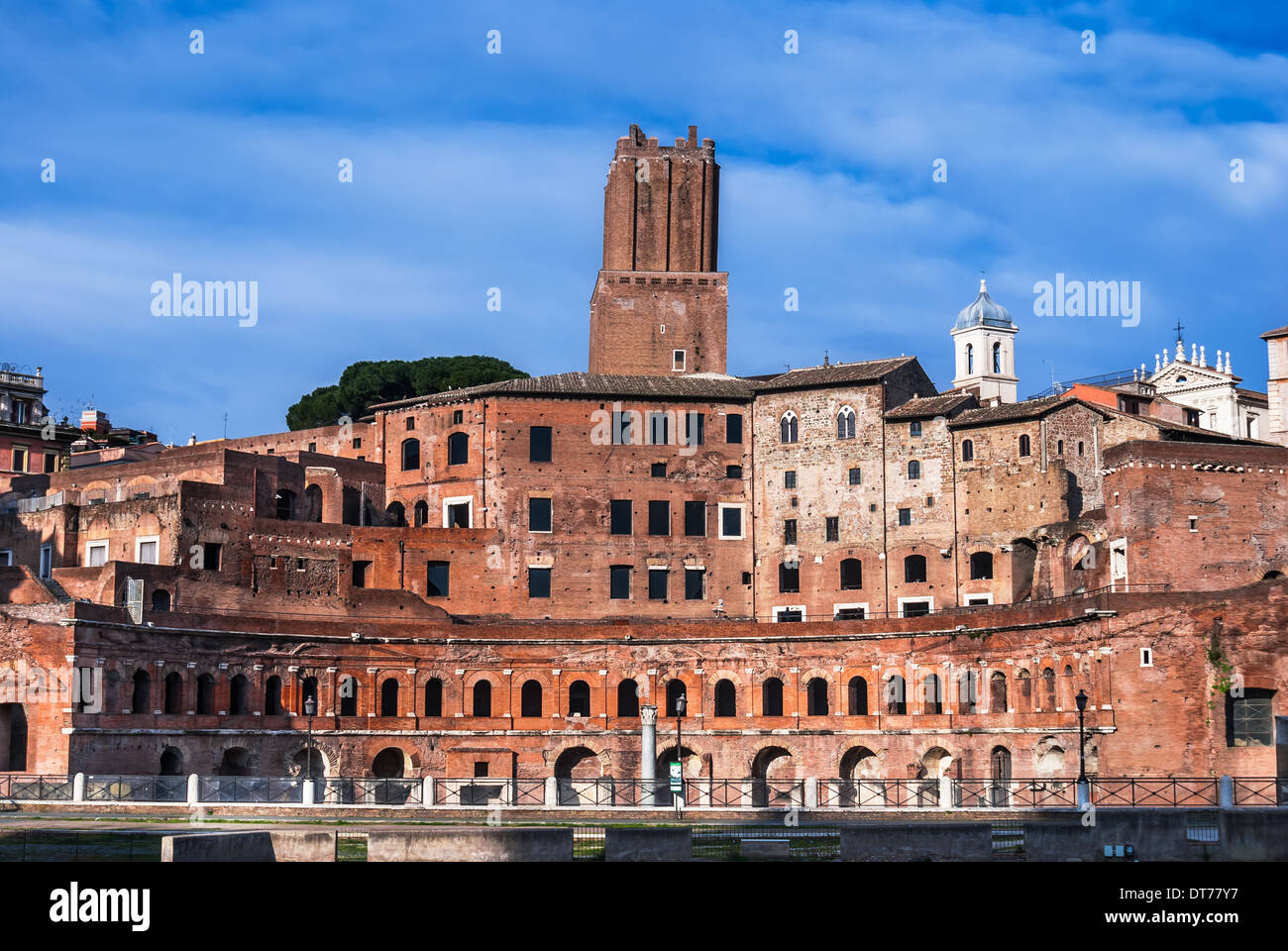
The legacy of Apollodorus of Damascus extends far beyond his lifetime, influencing countless architects and designers across centuries. His pioneering principles have laid the foundation for modern architectural practice, emphasizing the importance of innovation, functionality, and aesthetic harmony.
Shaping Architectural Education
Apollodorus’ methodologies and philosophies resonate in architectural education worldwide. His emphasis on integrating art and science continues to inform academic curricula, inspiring students to explore the multifaceted nature of architecture.
The challenge of balancing creativity with technical skill remains a fundamental tenet of architectural training. Much like Apollodorus, aspiring architects are encouraged to engage critically with both historical precedents and contemporary practices, cultivating a mindset of innovation.
As future architects reflect on Apollodorus’ impact, they are reminded of the potential architecture has to shape society and influence culture. This reminder sparks a sense of responsibility among emerging professionals, urging them to contribute thoughtfully to the built environment.
Reviving Classical Influences in Modern Design
The classical architectural elements pioneered by Apollodorus can be observed in various contemporary styles. From neoclassicism to modern interpretations of ancient forms, his influence permeates the fabric of modern design.
Architects such as Zaha Hadid and Frank Gehry draw inspiration from Apollodorus’ willingness to break traditional boundaries. Their creations incorporate unconventional geometries, reflecting a lineage that can be traced back to the innovative spirit of Apollodorus.
This revival of classical influences encourages a dialogue between past and present, illustrating how historical architects continue to inspire and inform contemporary practice. The adaptability of Apollodorus’ principles highlights the enduring relevance of his ideas in an ever-evolving architectural landscape.
Acknowledging Diverse Cultural Contributions
The debate surrounding the cultural identity of Apollodorus raises important questions about the intersections of architecture and cultural heritage. Whether he is seen as a Greek or Syrian architect, his work embodies a tapestry of influences woven from different traditions.
This acknowledgment of diverse contributions challenges rigid categorizations and promotes a broader understanding of architectural history. It encourages architects to embrace multicultural perspectives, enriching the design process and fostering inclusivity.
Today, as global society grapples with questions of identity and representation, architects have an opportunity to learn from Apollodorus’ legacy. By recognizing and celebrating diverse influences, they can contribute to a richer architectural narrative that honors the complexity of human experience.
The Philosophical Underpinnings of Apollodorus’ Work

Apollodorus of Damascus’ architectural journey invites contemplation on deeper philosophical questions regarding the essence of architecture itself. His work prompts inquiry into the nature of beauty, function, and the purpose of the built environment.
The Purpose of Architecture
At its core, architecture serves a fundamental purpose: to provide shelter and facilitate human interaction. However, Apollodorus elevated this notion, exploring architecture’s capacity to inspire, communicate, and connect individuals with their surroundings.
His designs encourage us to consider whether our built environments genuinely reflect the needs and desires of communities. In a world marked by rapid urbanization and technological advancement, architects are challenged to create spaces that nurture human connections, bridging gaps rather than deepening divides.
Engaging with Apollodorus’ architectural philosophy fosters critical thinking about the role of design in shaping human experiences. It compels architects to aspire toward making meaningful contributions to society, creating environments that heal, uplift, and inspire.
The Relationship Between Time and Space
Apollodorus’ work also raises intriguing questions about the relationship between time and space in architecture. His structures, designed to endure, invite contemplation on the passage of time and the impermanence of human existence.
The durability of Apollodorus’ creations establishes a dialogue between past, present, and future. His architectural legacy emphasizes that buildings are not static entities but dynamic participants in an ongoing narrative that unfolds over generations.
In a rapidly changing world, this perspective encourages architects to think critically about how their designs will endure. It inspires a commitment to creating spaces that withstand the test of time, nurturing relationships between people, place, and history.
Embracing the Responsibility of Creation
Finally, Apollodorus’ legacy invites architects to reflect on the ethical responsibilities that accompany their craft. As creators of the built environment, architects wield significant influence over the lives of individuals and communities.
Apollodorus’ thoughtful approach to design exemplifies an ethic of care—an understanding that spaces can profoundly affect well-being and quality of life. This awareness impels contemporary architects to prioritize social impact, striving to create inclusive environments that serve diverse populations.
Through this lens, architects are urged to engage with issues of equity, accessibility, and sustainability, fostering a holistic approach to design. By embracing the responsibility of creation, architects can cultivate a positive legacy akin to that of Apollodorus in the annals of architectural history.
Conclusion
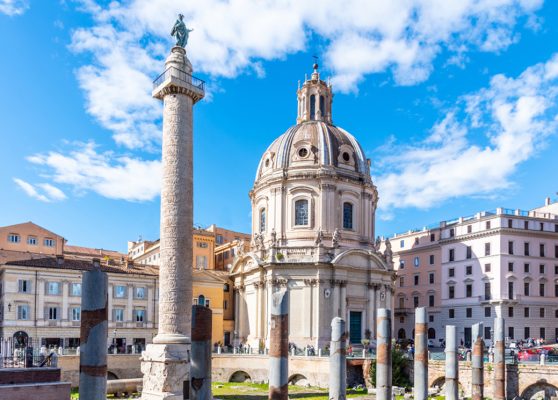
The legacy of Apollodorus of Damascus is etched into the very fabric of architectural history—his innovations, artistry, and philosophical inquiries continue to resonate. As we traverse the landscapes he helped shape, we discover a rich tapestry woven from the threads of culture, technology, and humanity.
By engaging with Apollodorus’ teachings, contemporary architects have an opportunity to redefine the built environment, blending beauty with functionality while honoring the diverse influences that shape our world. His vision—a harmonious relationship between architecture and the human experience—remains a guiding light for generations to come.
Through the lens of Apollodorus, we are invited to reflect on our own contributions to architecture and society. Let us embrace the transformative power of design, remembering that every building erected carries the potential to shape lives and foster connections in an ever-evolving world.
✉️ Stay Connected — Subscribe for Weekly Updates
Discover timeless stories, practical wisdom, and beautiful culture — delivered straight to your inbox.
*We only share valuable insights — no spam, ever.




